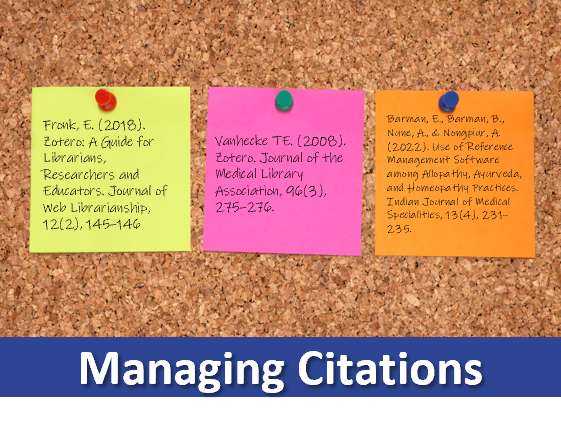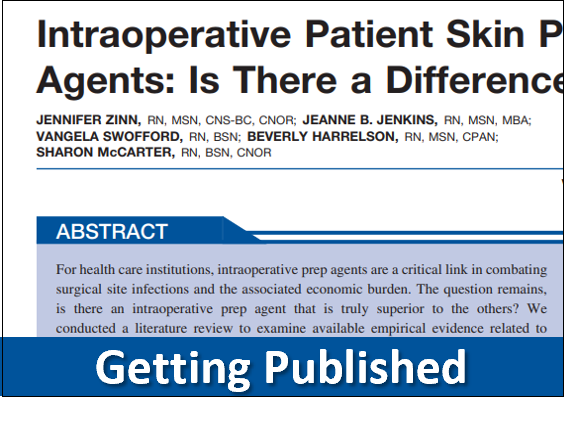Congratulations, you've completed your project!
Now it's time to share your findings with others, impact practice, and contribute to a body of knowledge.
"Dissemination: The spreading of ideas from QI, EBP or Research studies to those who can use the information
Learn How
-
Read this article for an introduction and overview of disseminating your findings.
Learning to disseminate research findings. Gibbons V. Nurs N Z. 2012 Oct;18(9):32 (or Contact the Medical Library for a copy of an article.)
Possible Ways to Share Your Work
- Within your department during Huddle or have a Lunch & Learn.
- Grand Rounds
- Research Day (Cone Health sponsored-internal audience of bedside nurses)
- Research Symposium (Cone Health sponsored-includes external audience)
- Nursing-focused publications within Cone Health
- Your professional organization's journal
- State, Regional or National Conferences
- CLICK HERE for possible nursing conferences and other opportunities to present your work!
1. Write an ABSTRACT
Generally, you will be required to write and submit an abstract before your poster, presentation, or article is accepted.
Click HERE for additional detailed information on writing abstracts.
2. Decide what METHOD you will use
There are several ways you can share your information. They include...
- A Poster presentation. Click HERE for additional detailed information including creating a poster and getting it reviewed.
- A Podium presentation.
- Publish an Article. Click HERE for additional detailed information, resources, and tools to help get you published.
- Do a Podcast. Click HERE to read articles from those who have done it.
3. Get INSPIRED by your colleagues
Examples of Cone Nurses Sharing Their Work!
- Sharp, D., Haynes, E., Lee, H., Bussey, C., Afatsawo, A., Davis, S., and Owens, D. & Jenkins, M., (2018). Professional Nurse Advancement Programs: The Face of Leadership at the Bedside. Creative Nursing. May, 24 (2), pp. 105-109.
This article reviews a professional nurse advancement program and describes how it benefits patient care, staff engagement, and patient satisfaction.
Click HERE to review the full abstract and to request a copy of the full-text article from the medical library.
- Rhew, D., (2018). Engaging Stretcher-Side Research: How to Get Your Staff Involved. ENA Connections. July, 42(7), pp.25.
A free e-learning course presented by Denise Rhew, PhD, RN, CNS, CEN
See the ad in ENA Connection
- Ratchneewan, R., Letvak, S., Sheppard, F., Jenkins, M., Almotairy, M. (2019) Systematic Assessment of Depressive Symptoms Among Registered Nurses: A New Situation-Specific Theory. Nursing Outlook. In Press Corrected Proof August 2019.
ABSTRACT:
Background: A mentally healthy nursing workforce is vital to providing quality healthcare. While there has been research conducted internationally on depressive symptoms in nurses, most studies have lacked a theoretical framework.
Purpose: The purpose of this article is to describe the development of a situation-specific theory, the Systemic Assessment of Depressive Symptoms among Registered Nurses (SAD-RN).
Methods: The SAD-RN was developed through theory synthesis using the Roy’s Adaptation Model (RAM) as a framework. Sixty-four research articles were selected to abstract relevant concepts based on priority RAM concepts.
Findings: Using depressive symptoms as the anchor concept, related emergent concepts of SAD-RN include context, stressors, protective factors, negative health outcomes, and low patient care quality.
Discussion: SAD-RN is an evidence-based comprehensive model that offers researchers a guiding theory to be used in their future research on depressive symptoms among RNs.
Click HERE to review the full abstract and get the full text of the article.






